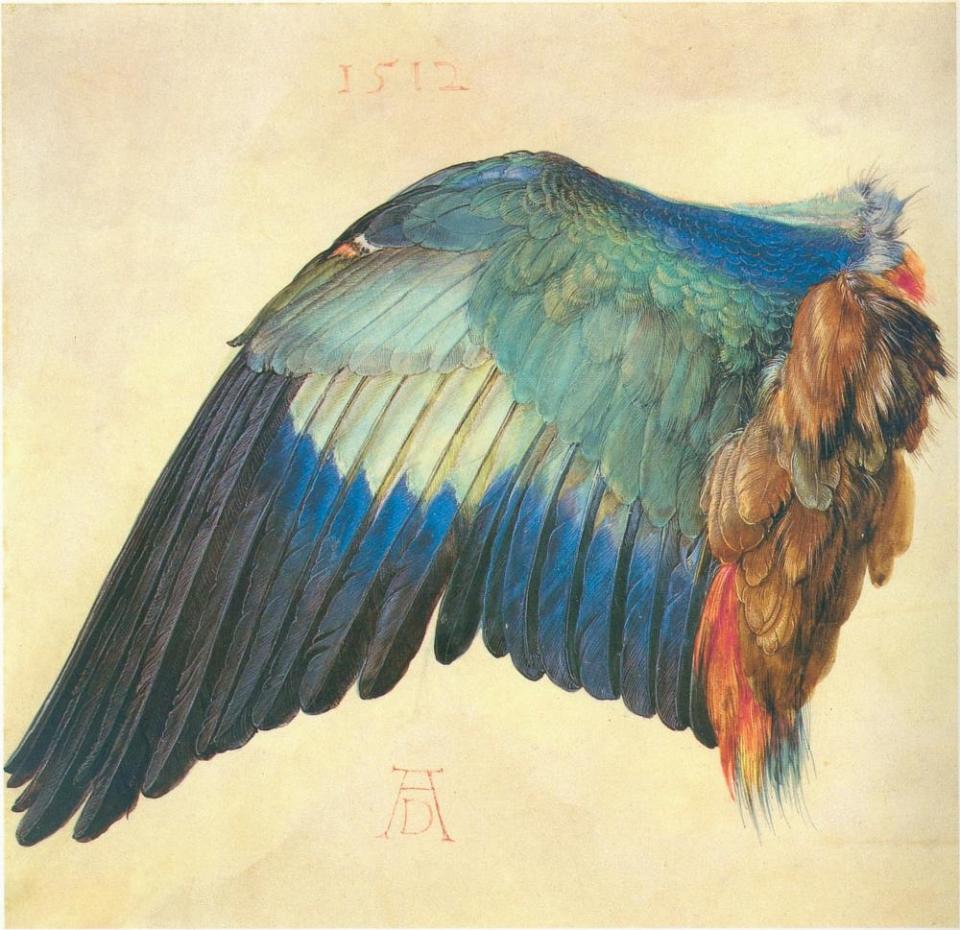The best art books of 2021
When I spoke to Ai Weiwei earlier this year, he insisted that “whenever we talk about democracy, we’re talking about continuous questioning and argument”. The artist’s latest contribution to that ongoing debate is a typically forthright memoir, 1000 Years of Joys and Sorrows (Bodley Head), in which he offers a personal history of his ongoing battles with the repressive Chinese state, and his defiant dramatisation of what creative freedom looks like. “To express yourself needs a reason,” Ai writes, “but expressing yourself is the reason.”
The more years that pass, the more David Hockney delights in the colouring in of the seasons. Spring Cannot Be Cancelled (Thames & Hudson) celebrates lockdown in a farmhouse near Bayeux, eyes and iPad alive with sap-drenched greens and the dazzle of sunlight. Happily, his long-term confidant, Martin Gayford, was on hand – or at least on FaceTime – to record the painter seeing the world afresh, again.
Rebecca Birrell’s This Dark Country: Women Artists, Still Life and Intimacy in the Early Twentieth Century (Bloomsbury) asks a provocative series of questions about the pioneering lives of artists including Gwen John, Vanessa Bell and Dora Carrington and then finds imaginative ways to answer them. Key among the questions is this one: “What kind of life, what kind of selfhood, would best nourish their art?” In a striking act of collective empathy, Birrell brings to life not only the interior worlds of the painters and their work, but also the support network – of female friends and lovers and domestic staff – that enabled them.
Edmund de Waal’s Letters to Camondo (Chatto & Windus) is a poignant coda to his bestselling The Hare With Amber Eyes. In it, he recreates the world of the early 20th-century Parisian elite with “talk and food and porcelain and politesse and civilité and everything possible”, through the preserved house of the great Jewish collector Count Moise de Camondo, which uniquely escaped Nazi looting. His reconstruction is told in a series of letters to Camondo across a century, a delicate homage to what he calls “lacrimae rerum”: the tears of objects.

Philip Hoare’s Albert and the Whale (Fourth Estate) begins as a book about Albrecht Durer and his (failed) efforts to draw a beached leviathan. It quickly becomes something far stranger and more magical, a vivid, freewheeling personal memoir of an obsession with an artist, as well as a meditation on the great realist eye of the northern renaissance, who “painted God in dirt and blood”.
To order any of these books for a special price click on the titles or go to guardianbookshop.com. Delivery charges may apply

 Yahoo Finance
Yahoo Finance 